Armenia as testing ground for West’s military machine Laboratory of hatred
In the early months of 2025, Armenia continues to pursue a consistent course towards deepening its ties with the West, particularly in the areas of security and defence. Amid a cooling of relations with its traditional ally, Russia, Yerevan is increasingly engaging in European and American defence initiatives — a trend evidenced not only by official statements, but also by concrete steps in military cooperation.
On March 24, the Armenian Parliament discussed a draft law on initiating the process of joining the European Union. Although experts remain sceptical about the likelihood of such accession in the foreseeable future, the very fact that such an initiative was brought to the parliamentary floor is a signal in itself. Deputy Foreign Minister Paruyr Hovhannisyan, who was recently appointed Armenia’s Permanent Representative to the UN, announced the addition of a new chapter to the bill — focusing on defence and security.
Hovhannisyan also enthusiastically stated that the current agenda of discussions between Armenia and the EU includes the Comprehensive and Enhanced Partnership Agreement (CEPA). The Armenian diplomat added that a tangible and concrete programme in the defence sector is already in place. The agreement on this programme is ready and will be signed soon. According to Hovhannisyan, this also concerns missions operating under the EU’s Common Security and Defence Policy, which will enable the use of the European Peace Facility.
It is worth recalling that the trilateral meeting between the United States, the EU, and Armenia, held in Brussels on April 5 last year, also included provisions for arming Armenia — including through the aforementioned European Peace Facility.
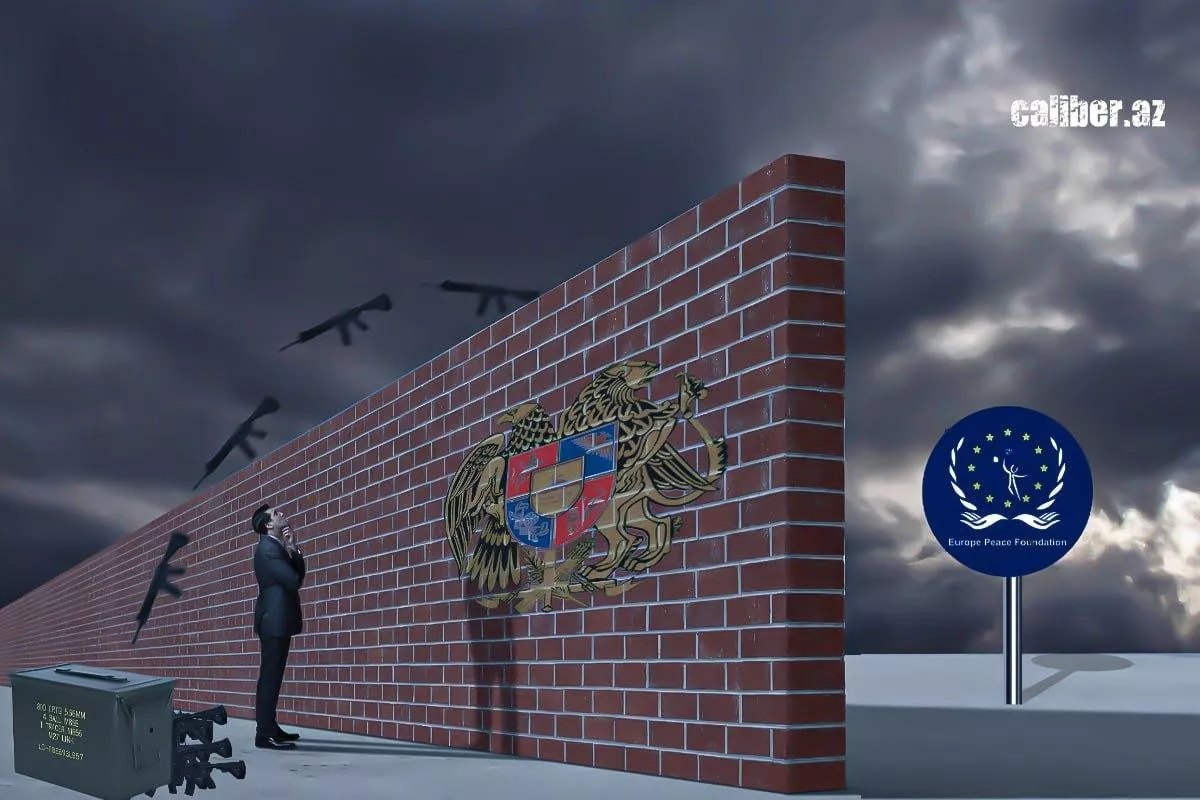
Among the measures aimed at strengthening Armenia-EU relations, one can also note the appointment of a military attaché of Armenia to the European Union, as well as the recent visit of Armenia’s Security Council Secretary Armen Grigoryan to Brussels. It is worth noting that this visit took place shortly after the addition of a new chapter on defence and security to the draft law on Armenia’s EU accession.
During his trip to Brussels, Grigoryan met with Elisabetta Belloni, Special Adviser to European Commission President Ursula von der Leyen. The two discussed the security situation in the South Caucasus.
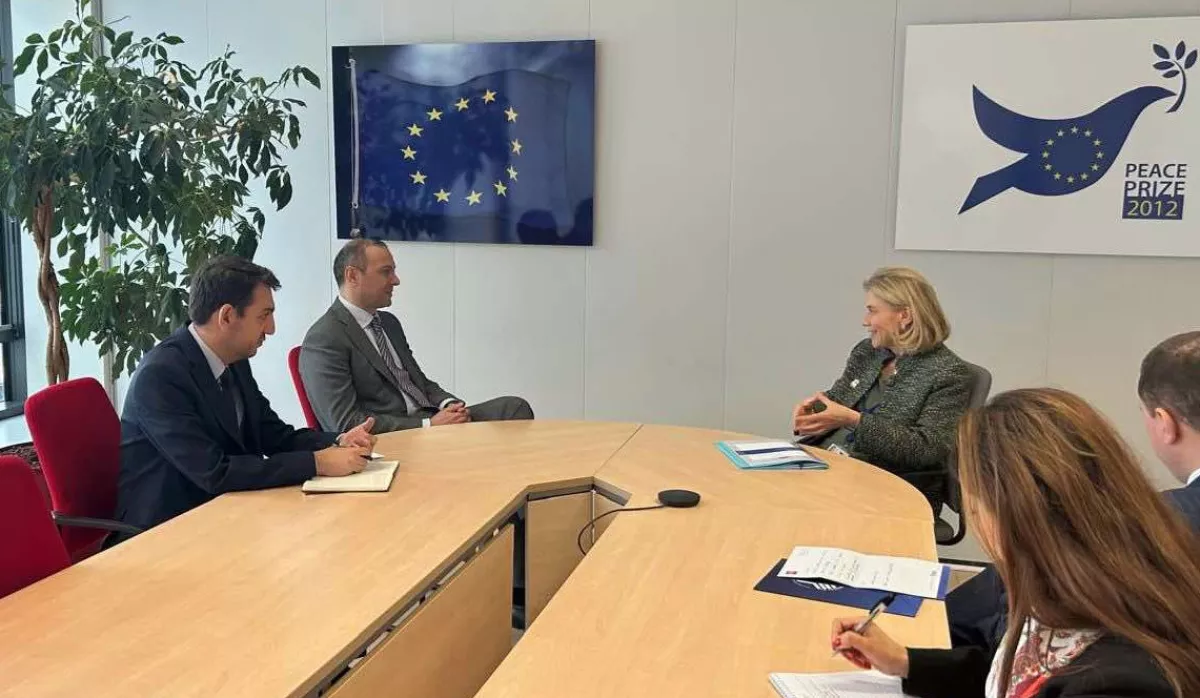
The meeting between Defence Minister Suren Papikyan and Belgium’s Defence Minister Theo Francken already suggests that Armenia’s cooperation with Brussels is unlikely to be confined solely to EU frameworks.
On a bilateral level, Armenia is also actively strengthening its ties with Greece — a long-time ally, especially in the context of shared hostility towards Ankara. Three visits by senior Armenian military officials to Greece in the first three months of this year, during which the format of Armenia–Greece–Greek Cypriot cooperation was also discussed, point to an attempt to establish Athens as a “second line of support” amid Armenia’s ongoing geopolitical drift.
A similar pattern can be observed in Armenia’s relations with the Netherlands and the Baltic states. On March 14, an agreement on defence cooperation for 2025 was signed between the Ministries of Defence of Lithuania and Armenia in Vilnius. And naturally, leading this parade of patronage is France, which is supplying a significant share of Armenia’s new weaponry.
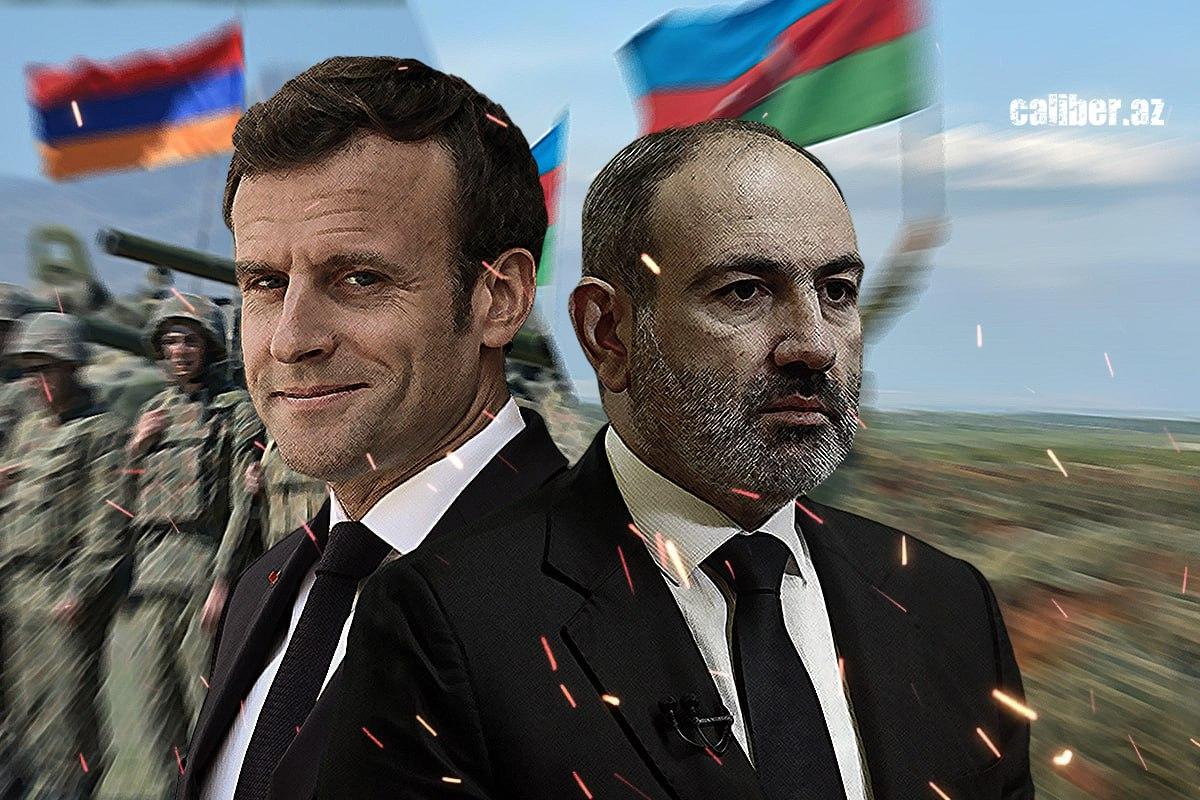
Another strategic direction is the United States. In the first quarter of 2025, the presence and activity of American military forces in Armenia have increased significantly. This growing cooperation is evidenced by statements made in an interview with political analyst Hovsep Khurshudyan, head of the Civic Initiatives Support Center Free Citizen, who is known for his close ties to the government.
Among other remarks, he stated: “You are aware that there are American armed units and formations in Armenia, and they were specifically redeployed from Germany to Armenia with their own weapons. Of course, they have arrived temporarily to organise joint exercises. They will remain in Armenia until August. The presence of U.S. troops in Armenia, even in limited numbers, serves as a kind of security cushion. We must understand that temporary presence is not enough.”
On March 22, Armenian politician and Chairman of the European Party of Armenia, Tigran Khzmalyan, shared a photo on his Facebook page alongside three American generals, with whom he reportedly discussed issues of “security, independence, and Armenia’s European integration.”
Among other instances of U.S.-Armenian defence cooperation, one can mention the January 2025 meeting between the Chief of the General Staff of Armenia, Lieutenant General Edward Asryan, and Brigadier General Michael Venerdi, Commander of the Kansas National Guard, who visited Yerevan. Additionally, during the Munich Security Conference, Asryan held talks with General Christopher Cavoli, Commander of U.S. European Command, and General Carsten Breuer, Chief of the German Armed Forces General Staff.
These meetings included exchanges of views on deepening bilateral military cooperation.
However, it can be assumed that many of Washington’s recent moves are still driven by the momentum of decisions made under the Biden administration. There is a certain degree of optimism that once the Trump team takes a closer look at the “Armenian case,” it may reconsider engaging in overly tight military embrace with Armenia’s leadership.
Thus, Armenia’s political and defence pivot towards the West is becoming increasingly apparent. Both the EU and the United States are seeking to draw Yerevan into their sphere of influence through military cooperation and political convergence programmes. However, this path is unlikely to be straightforward.
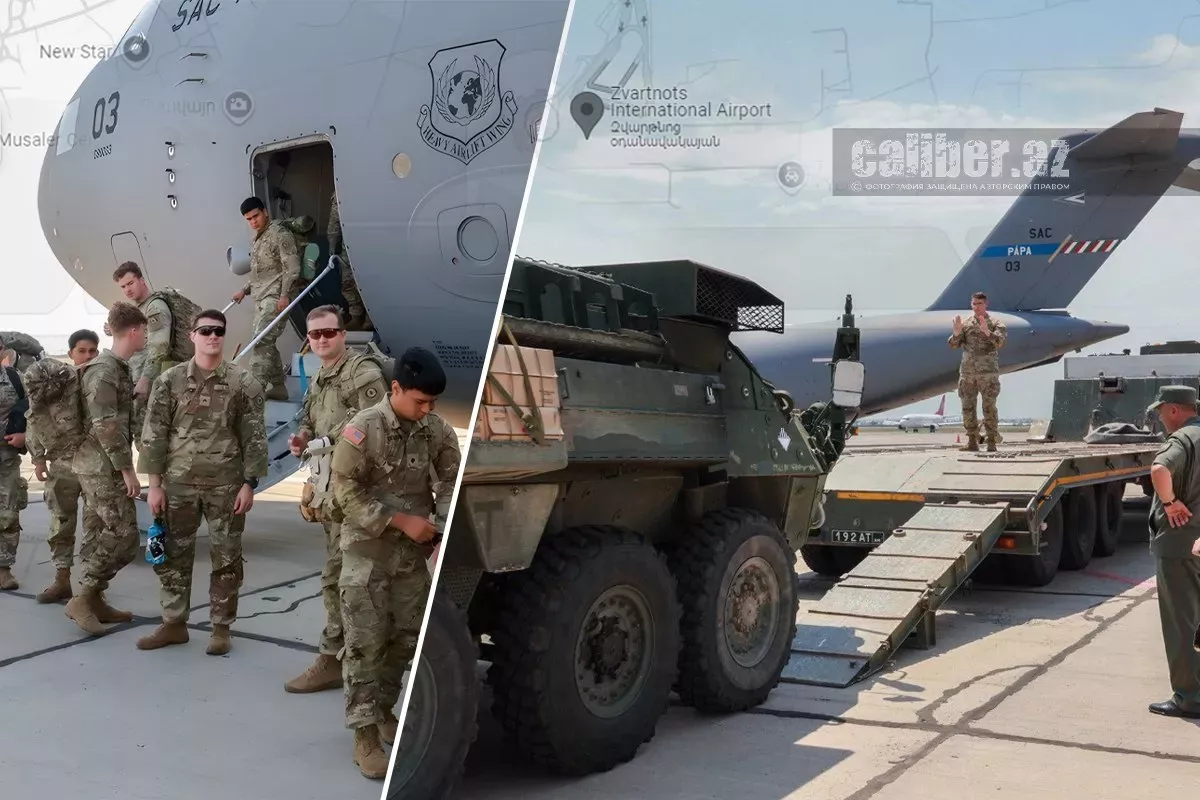
First, Armenia’s aspirations for European integration — particularly in the military sphere — have clear limits where they begin to conflict with Armenian-Russian relations. Armenia is not only a member of the Eurasian Economic Union (EAEU), from which it profits significantly, but also a country heavily dependent on Russia economically. And let us not forget the Russian military base in Gyumri.
Additionally, the process of Armenian-Azerbaijani normalisation plays a critical role. In this context, as with Russia, Armenian Prime Minister Nikol Pashinyan is being pulled not just in different, but often directly opposing directions.
On the one hand, the Armenian Prime Minister needs peace with Azerbaijan. It is essential for solidifying his image as a strong-willed leader capable of making a difficult yet necessary decision to reconcile with Azerbaijan — and, naturally, to enable Armenia’s participation in regional projects. Peace with Azerbaijan could serve as a valuable asset to boost his approval ratings and secure victory in the 2026 elections.
However, peace with Azerbaijan as such is only appealing to a portion of the Armenian electorate. For another segment — the revanchist electorate — it is entirely unacceptable. Remaining indefinitely caught between these two forces risks alienating both sides, which means a choice must eventually be made.
Here, a third group — the wavering or undecided voters — could prove decisive. For them, peace with Azerbaijan might become an acceptable value only if paired with some additional gain. That “something extra” could very well be Armenia’s European integration. Moreover, Armenia’s actions in this direction are likely to intensify in proportion to Prime Minister Pashinyan’s realisation of the need to carry out constitutional reform before signing a peace agreement with Baku.
In turn, Armenia’s deepening integration with the European Union will also entail a greater Western military presence in the country. However, this presence cannot be deployed along the Armenia-Azerbaijan border, as the agreed text of the peace treaty includes a clause prohibiting the stationing of third-country armed forces along the border.
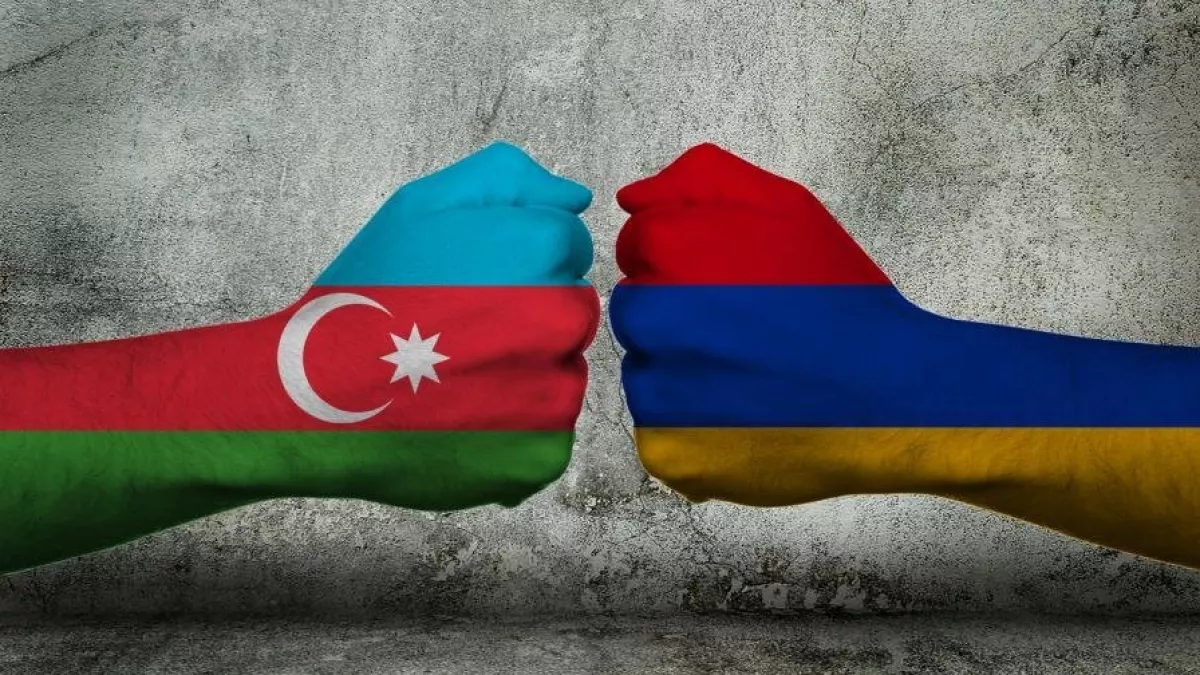
This suggests that, in the context of Armenian-Azerbaijani relations, Western military influence on Armenia’s policy will primarily manifest through arms supplies, personnel training, and advisory support — rather than direct troop deployment at the frontier. That said, this does not rule out the possibility of unpleasant surprises in the future.
In Baku, however, the situation is viewed several steps ahead — and conclusions are drawn accordingly. The mere fact that Armenia is rearming and integrating its military with Western structures suggests that Yerevan and its patrons are betting on a future geopolitical realignment in which they believe they could even disregard a peace agreement (perhaps already signed by then) and, in their view, attempt to take revenge for the defeat of the “miatsum” campaign. The foundations of this doctrine appear to have been laid at the aforementioned trilateral meeting in Brussels in April last year.
Yet Armenia must not assume that Azerbaijan is sitting idly by. Baku is shaping its strategy based on the most pessimistic scenarios. There is no misplaced optimism in the country about either the awakening of the Armenian leadership or the change of sentiment within Armenian society. The Armed Forces of Azerbaijan continue to bolster their strength — the Iron Fist remains ever vigilant.








